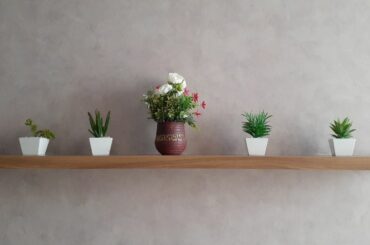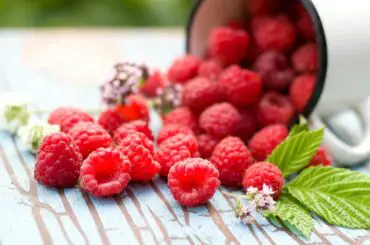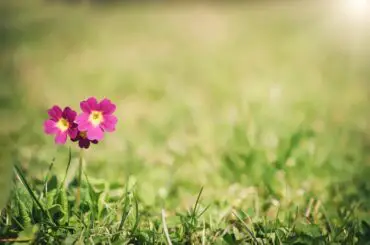Are your Caladium plants showing signs of distress? Don’t worry; you’re not alone in facing the challenge of preventing Caladium dying.
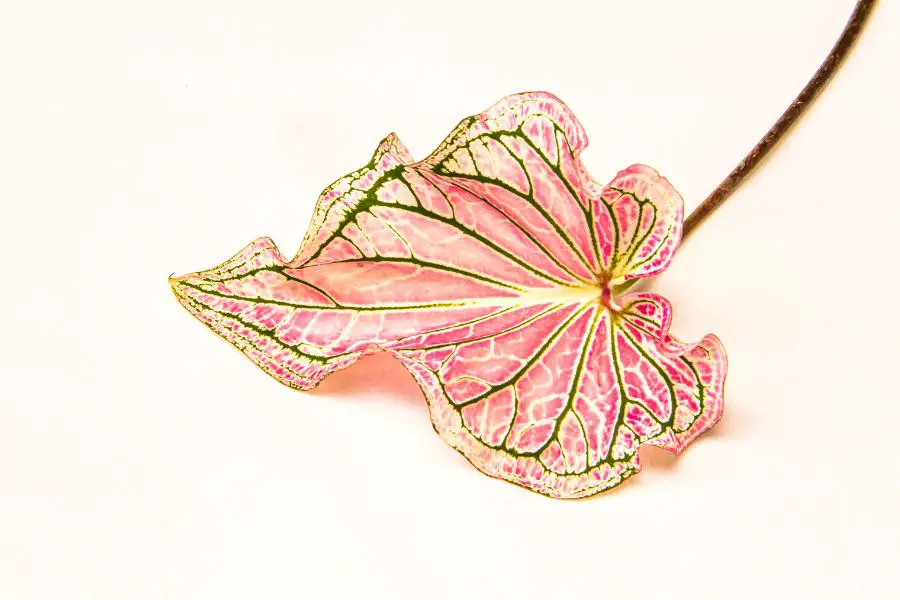
In this article, we will explore the world of Caladium plants, offering you a detailed roadmap to ensure your Caladiums thrive.
We’ve curated expert insights, practical advice, and answers to frequently asked questions (FAQs) to help you maintain the health and vitality of your beloved Caladiums.
Introduction
Caladiums, known for their stunning heart-shaped leaves, are a popular choice for gardens and indoor spaces. However, maintaining these exquisite plants can be a bit tricky. This article aims to provide you with the knowledge and skills necessary to prevent Caladiums from dying, keeping them lush and vibrant.
Caladium Dying: Causes and Solutions
Contents
Unravel the mysteries of Caladium plant care by understanding the reasons behind their deterioration and how to address them effectively.
Inadequate Watering
Inadequate watering is a common cause of Caladium plants dying. These plants thrive in consistently moist soil, but they don’t like to be waterlogged. To keep your Caladiums healthy, follow these watering guidelines:
- Regular Moisture: Caladiums require a consistent level of moisture in the soil. The top inch of the soil should feel slightly damp to the touch. Water your Caladiums when this top layer becomes dry, which usually means watering every 2-3 days, depending on the climate and pot size.
- Proper Drainage: Ensure that your pots have adequate drainage holes to prevent water from accumulating at the bottom. Proper drainage is crucial to avoid root rot, a common issue with overwatered Caladiums.
- Avoid Watering the Leaves: When watering, be careful not to splash water on the leaves. Wet leaves can lead to fungal diseases. Water directly into the soil around the base of the plant.
Sunlight and Shade
Caladiums thrive in environments with indirect sunlight or partial shade. Understanding their sunlight needs is essential to prevent them from wilting or becoming sunburned:
- Indirect Sunlight: Caladiums prefer bright, indirect sunlight. They do well when placed in spots with filtered sunlight or areas where they receive dappled shade.
- Protection from Harsh Sun: Avoid exposing your Caladiums to direct sunlight, especially during the peak hours of the day. Too much sun can scorch the delicate leaves.
- Indoor Placement: If you’re growing Caladiums indoors, place them near windows with sheer curtains or blinds to filter the light. This mimics their natural habitat and promotes healthy growth.
Soil Quality
Choosing the right soil for your Caladiums is crucial for their overall health and well-being. Follow these soil quality recommendations:
- Well-Draining Soil: Caladiums thrive in well-draining soil. A standard potting mix can be too dense, so consider adding peat moss or perlite to improve drainage. This ensures that water doesn’t collect around the roots, preventing root rot.
- Acidic Soil: Caladiums prefer slightly acidic soil with a pH range of 5.5 to 6.2. You can test the pH of your soil using a simple pH testing kit available at garden centers.
- Regularly Repotting: Over time, the soil can become compacted and less effective at draining water. Repot your Caladiums every 1-2 years to refresh the soil and provide them with the best growing conditions.
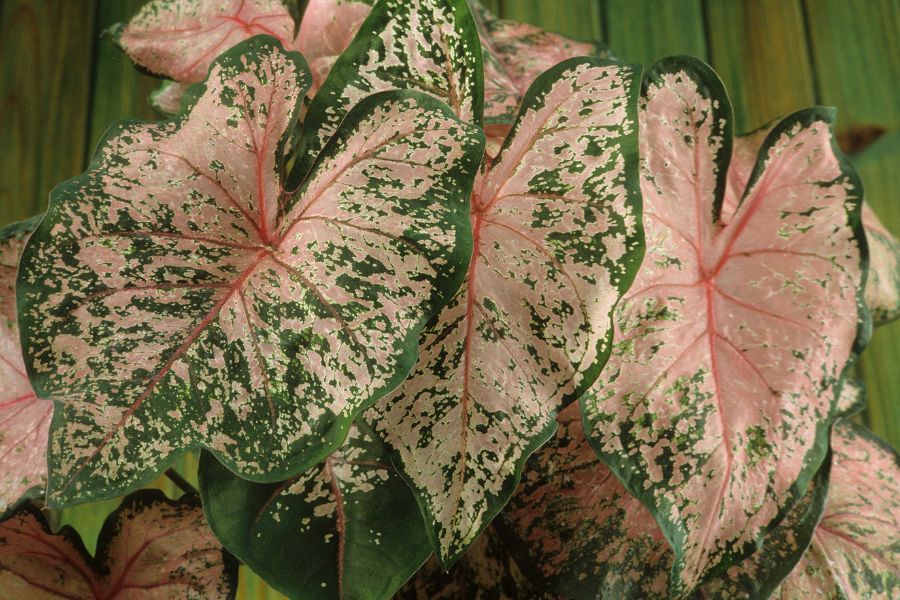
Temperature and Humidity
Maintaining the right temperature and humidity is essential for the health of your Caladium plants:
- Temperature Range: Caladiums thrive in temperatures between 70°F to 85°F (21°C to 29°C). They are sensitive to cold and should be brought indoors when the temperature drops below 50°F (10°C).
- Humidity Levels: Caladiums appreciate a humid environment. You can increase humidity by misting the leaves regularly or placing a tray of water near the plants. Grouping them with other houseplants can also help maintain humidity.
- Winter Care: In colder regions, consider digging up your Caladium bulbs before the first frost and storing them in a cool, dry place for the winter. Replant in the spring when the weather warms up.
Pest Control
Caladiums, like many plants, are susceptible to pests and diseases. Here’s how to protect your Caladiums from common issues:
- Pest Inspection: Regularly inspect your Caladiums for signs of pests, such as aphids, mealybugs, or spider mites. These critters can quickly damage the leaves and affect the overall health of your plants.
- Natural Remedies: Consider using natural pest control methods such as neem oil or insecticidal soap to deter and eliminate pests. These solutions are less harmful to your plants and the environment.
- Disease Management: Keep an eye out for signs of disease, such as mold or fungus on the leaves. If detected, remove the affected leaves promptly to prevent the disease from spreading.
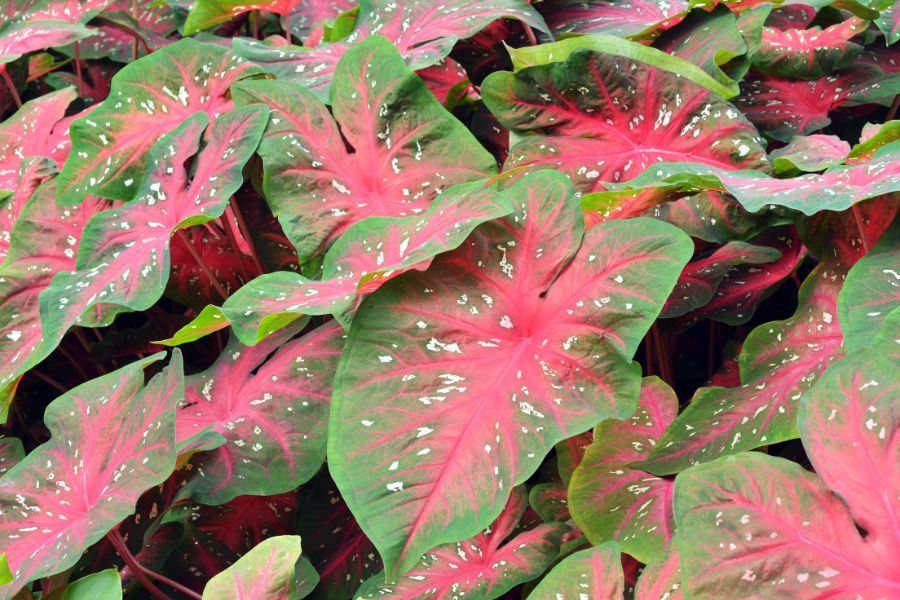
Feeding Your Caladiums
Feeding your Caladiums with the right nutrients is crucial for their vibrant growth. Follow these tips for successful fertilization:
- Balanced Fertilizer: Use a balanced, water-soluble fertilizer with an NPK ratio of 20-20-20. Fertilize your Caladiums every 4-6 weeks during the growing season, which is typically spring through early autumn.
- Avoid Overfeeding: While regular feeding is important, avoid overfertilizing your Caladiums. Excess fertilizer can harm the plants. Follow the recommended dosage on the fertilizer packaging.
- Water After Fertilizing: After applying fertilizer, water your Caladiums lightly to help the nutrients reach the root zone. This ensures that the plants can absorb the nutrients effectively.
By following these detailed guidelines for watering, light, soil, temperature, pest control, and feeding, you’ll be well-equipped to prevent Caladium dying and enjoy thriving, lush Caladium plants in your garden or home.
Frequently Asked Questions (FAQs)
How often should I water my Caladiums?
Caladiums require consistent moisture, so water them when the top inch of soil feels dry to the touch. This typically amounts to watering every 2-3 days.
Can I grow Caladiums indoors?
Yes, you can grow Caladiums indoors. Ensure they receive indirect sunlight and maintain a warm, humid environment to mimic their natural habitat.
What should I do if I notice yellowing leaves?
Yellowing leaves could be a sign of overwatering, underwatering, or insufficient light. Address the issue by adjusting your watering routine and changing the plant’s location.
Are Caladiums toxic to pets?
Yes, Caladiums are toxic to pets if ingested. Keep them out of reach of pets and be cautious if you have animals in your home.
Can I save a Caladium with rotting roots?
If you notice rotting roots, it’s essential to act quickly. Trim away the affected roots, repot the plant in fresh soil, and adjust your watering practices.
How do I store Caladium bulbs during the winter?
To store Caladium bulbs, dig them up before the first frost, let them dry for a few days, and then place them in a cool, dry location. Replant in the spring.
Conclusion
Caladium plants, with their vibrant foliage, can be a delightful addition to your garden or indoor space. By understanding their specific care requirements and following the tips outlined in this article, you can ensure your Caladiums stay healthy and vibrant. Remember that consistent care and attention are the keys to preventing Caladium dying.
Read Next: 131 Cute Plant Names for Your Favorite Houseplants


